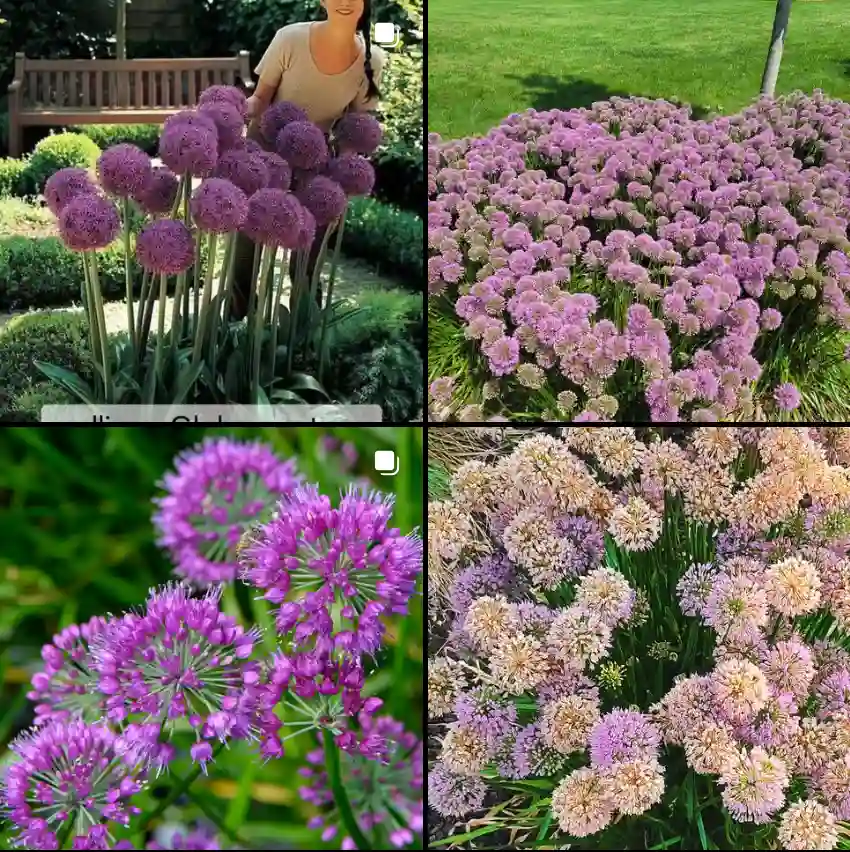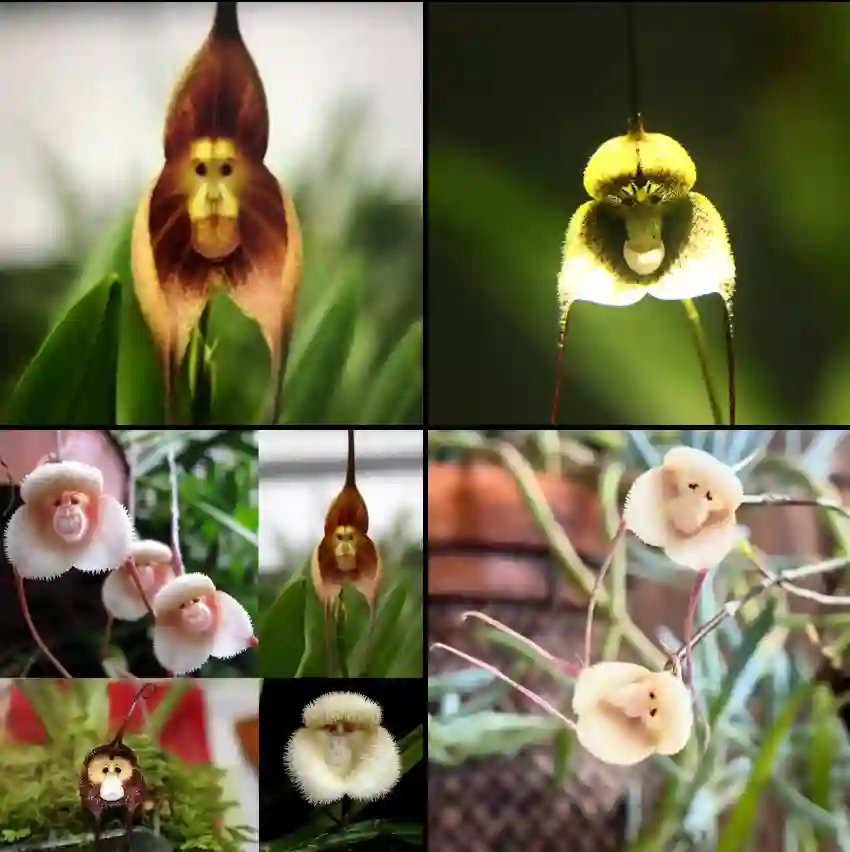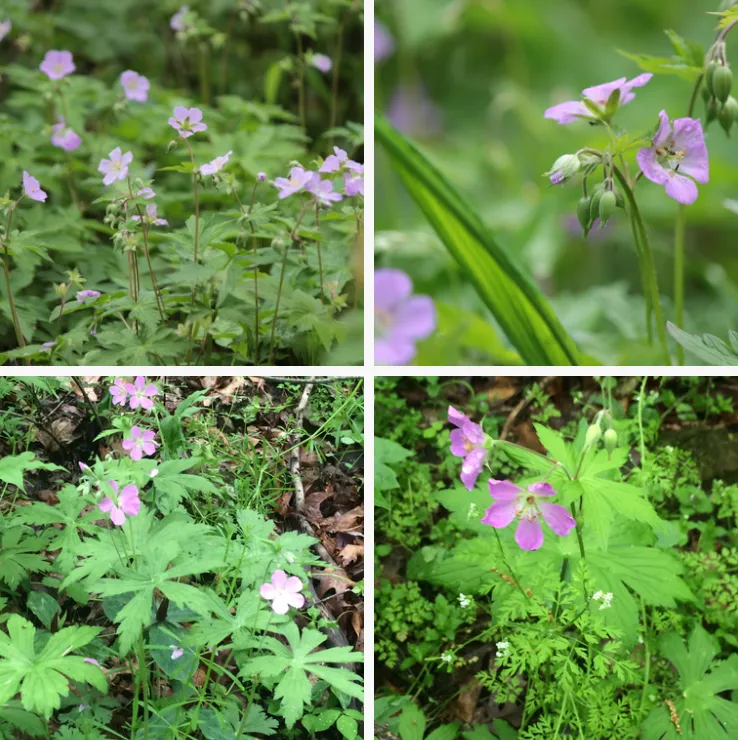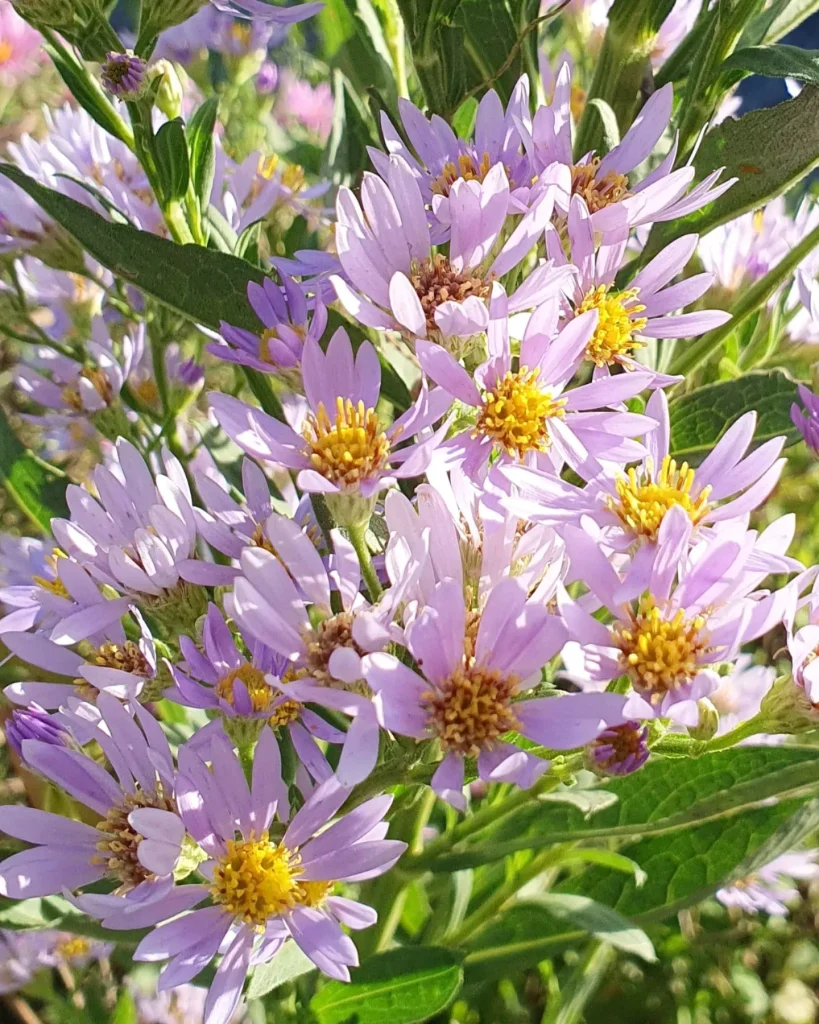Exploring the Sladeniaceae Family: A Deep Dive into Sladenia and Ficalhoa
As a passionate plant enthusiast, I’ve always been fascinated by the diversity of plant families. One that recently captured my attention is the Sladeniaceae family, particularly the genera Sladenia and Ficalhoa. These plants offer intriguing characteristics and an array of unique features. In this article, I want to share my insights and experiences with these remarkable genera, diving into their habitats, physical traits, and cultivation.
An Overview of Sladeniaceae
The Sladeniaceae family, though relatively lesser-known, plays a crucial role in the ecosystems where they thrive. Both genera within this family—Sladenia and Ficalhoa—are endemic to specific regions, primarily found in tropical and subtropical climates. I find it fascinating how these plants adapt to their environments, displaying a unique blend of form and function.
The family itself consists of climbing or twining plants, often featuring lush foliage and striking flowers. Their growth habit allows them to access sunlight efficiently, a necessary trait for survival in dense forest environments. Understanding these adaptations deepens my appreciation for their resilience and beauty.
Delving into the Genera: Sladenia
Sladenia is the first genus I want to highlight. This genus consists of evergreen climbers, typically found in tropical rainforests. I remember the first time I came across a Sladenia plant during my travels; its glossy leaves and delicate flowers instantly captivated me.
The leaves of Sladenia are lanceolate and can grow quite large, providing a stunning contrast against the vibrant flowers. One notable species, Sladenia macrantha, features spectacular, trumpet-shaped flowers that can reach up to 10 centimeters in length. The rich colors of these blooms are not only visually appealing but also attract various pollinators, including bees and butterflies.
From my experience, cultivating Sladenia can be rewarding but requires specific care. They thrive in well-draining soil and need a humidity level above 60% to flourish. When I planted my first Sladenia, I ensured it was in a warm, shaded area, mimicking its natural habitat. This attention to detail has led to vigorous growth and stunning blooms.
The Unique World of Ficalhoa
Moving on to Ficalhoa, this genus presents an entirely different charm. Known for its striking flowers, Ficalhoa captures the attention of anyone who encounters it. One standout species, Ficalhoa laurifolia, is particularly remarkable for its unique leaf shape and flower structure.
Ficalhoa plants typically exhibit a bushy growth habit, making them suitable for ornamental purposes. I’ve found that the leaves are often oval and leathery, providing an attractive backdrop to the showy blooms. The flowers, usually bright and vibrant, emerge in clusters, creating a stunning visual display.
In my own garden, I’ve integrated Ficalhoa into my landscape design. They not only add beauty but also provide a habitat for local wildlife. The plants thrive in full sun to partial shade and prefer rich, organic soil. It’s been a joy to witness their growth, as they attract various pollinators, enriching my garden’s biodiversity.
Cultivation Tips and Considerations
When cultivating either Sladenia or Ficalhoa, there are a few considerations to keep in mind. Both genera appreciate a humid environment, so regular misting or the use of a humidifier can greatly benefit their growth. Additionally, I’ve learned that fertilizing during the growing season with a balanced fertilizer promotes healthy development.
Pruning is another essential practice. For Sladenia, I usually trim back any overgrown vines to encourage bushier growth. Ficalhoa can benefit from deadheading spent flowers to promote new blooms. These maintenance tasks not only keep the plants healthy but also enhance their overall appearance.
The Importance of Sladeniaceae
The Sladeniaceae family may not be as widely recognized as some other plant families, but its ecological significance cannot be overstated. Both Sladenia and Ficalhoa contribute to their ecosystems by providing food and habitat for various species. They play a role in pollination dynamics, which is crucial for the health of their environments.
Moreover, cultivating these plants can help raise awareness about lesser-known genera, encouraging plant enthusiasts to explore and appreciate the diversity of flora around us. My experiences with Sladeniaceae have enriched my gardening journey and fostered a deeper connection to the natural world.
Conclusion
In summary, the Sladeniaceae family, encompassing the genera Sladenia and Ficalhoa, offers a wealth of beauty and ecological importance. My encounters with these plants have not only enhanced my garden but also deepened my understanding of plant biology and ecology. As I continue to explore and cultivate these genera, I invite others to join me in appreciating the intricacies of the plant kingdom. Whether you’re a seasoned gardener or a curious novice, the world of Sladeniaceae is one worth discovering.
If i die, water my plants!



